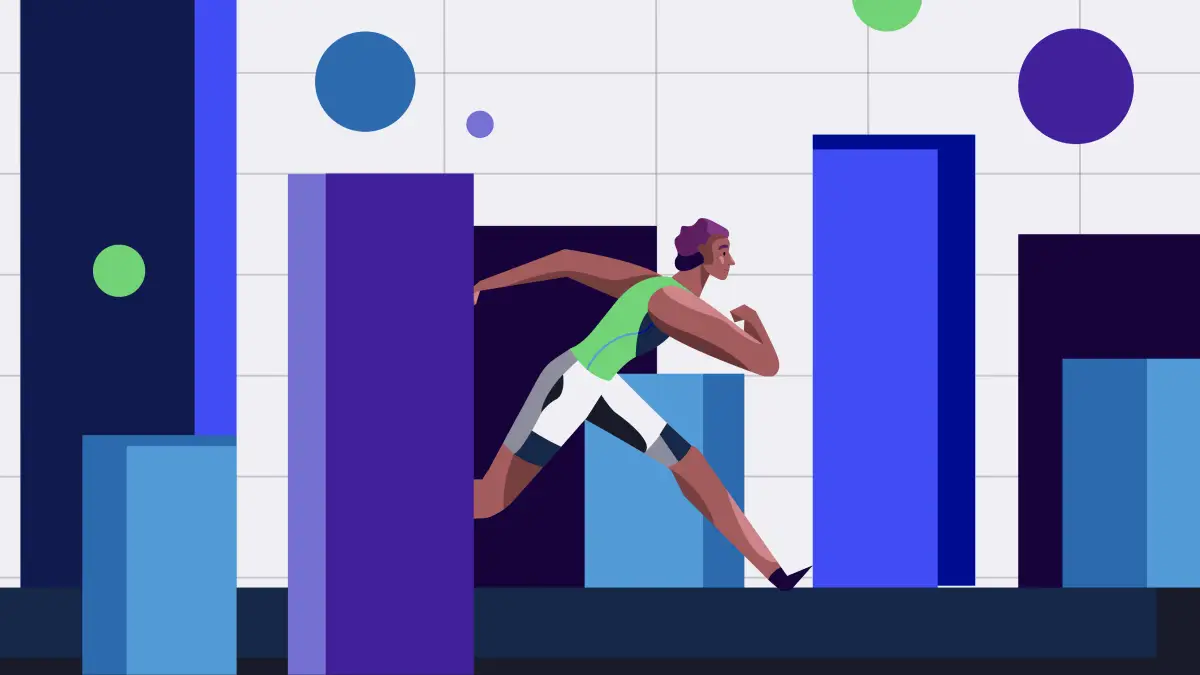Have you ever wondered how you could leverage the power of data to enhance the performance of your sports facility and ensure its long-term success? The answer lies in predictive analytics.
What is Predictive Analytics?
Predictive Analytics is a critical element of business analytics that leverages data and intelligent techniques such as statistics and machine learning to foresee potential future events or demands. It’s not about making blind predictions, but rather about using insights derived from data to fully understand the evolving trends in your sports facility.
Incorporating this approach can be transformative for your business long-term success. It empowers you to identify patterns and make data informed forecasts, which are integral in strategic planning and decision-making processes.
These trends and patterns originate from a vast sea of data. By delving into this data and analyzing it thoroughly, you can unlock the true potential of your sports facility. Hence, predictive analytics isn’t just a method to forecast future events – it’s a potent tool that aids in understanding and maximizing our current resources as well.
The Role of Predictive Analytics in Sports Facilities
Now, you might wonder – how can predictive Analytics help an organization, particularly in your field, like a sports establishment? Let’s break it down.
Informed Decision Making
Predictive analytics equips you with concrete, data-backed insights. This enables you to make decisions based on educated guesses and robust analytics, thereby reducing risks and improving outcomes.
For example, you’re trying to decide on the best time to schedule maintenance for your basketball court. Predictive analytics, using historical data, shows that court usage drops significantly every year during September. So, rather than randomly picking a date, you schedule maintenance for September, minimizing disruption for your regular players.
Strategic Planning
By recognizing patterns and generating forecasts, predictive analytics plays a significant role in strategic planning. It helps you anticipate future scenarios, plan your resources better, and adjust your strategies in advance to meet the upcoming challenges or leverage opportunities.
For Example, you manage a fitness facility and use predictive analytics to analyze membership trends. You notice a significant increase in sign-ups every January, presumably due to New Year’s resolutions. Using this data, you strategically plan to run promotional campaigns and additional fitness classes in January to maximize new member acquisition and revenue.
Unlocking Potential
When harnessed effectively, the data can help you understand the strengths and weaknesses of your sports facility, revealing areas of improvement and untapped potential. This means you can fine-tune your offerings to improve performance and satisfaction, ultimately driving growth and success.
Imagine you manage a top golf course. Using predictive analytics, you notice that your bays are fully booked during weekends, but have low utilization during weekdays. To unlock the potential of weekdays, you introduce a mid-week discount or corporate team-building events. This approach not only fills underutilized times but also optimizes resources, leading to improved efficiency and revenue growth.
Demand Forecasting
An essential part of any organization, including sports facilities, is anticipating the future demand for its services. This could mean predicting ticket sales for games, enrollments in training programs, or the usage rate of the facilities themselves.
Let’s say you manage a sports facility that includes a basketball court, a soccer field, and a swimming pool. By analyzing historical booking data, you could predict the demand for each facility. For instance, if the data shows a surge in basketball court bookings during basketball season or a peak in swimming pool usage in the hot summer months, you can better manage the resources. Furthermore, by looking at local demographic data and broader trends, you can adjust your forecasts accordingly.
Customer Behavior Analysis
Understanding customer demand is a stepping stone to another critical aspect of managing a successful sports facility – understanding the customer themselves. It involves studying and understanding how customers act and make decisions. It provides insights on customer preferences, buying habits, spending patterns, and motivations. This understanding can enable you to formulate effective pricing strategies, optimize marketing efforts by utilizing impactful channels and messages, implement customer retention strategies based on customer satisfaction drivers, and personalize offerings and communications in accordance with customer behaviors like scheduling evening fitness classes for customers with 9-5 jobs.
Revenue Generation Opportunities
Through predictive analytics, you can identify new opportunities for revenue generation. For instance, by analyzing customer usage patterns, you can understand the features most valued by different customer segments. This knowledge can inform the creation of membership tiers tailored to these preferences. So, if your data indicates a group of members frequently using the gym in the early morning, you might create a ‘Early Bird’ tier with a reduced rate for gym access in the morning hours.
Common Misconceptions about Predictive Analytics
Predictive analytics can seem daunting, but its benefits outweigh the challenges for sports facilities.
It’s complex and hard to use – Contrary to belief, many user-friendly tools simplify predictive analytics. Additionally, you can seek assistance from data analysts to navigate the process.
It’s only for big organizations – Predictive analytics can benefit all sports facilities, big or small. Any data, when correctly analyzed, offers valuable insights.
It’s expensive – While there’s a cost, predictive analytics should be seen as an investment leading to improved operations, customer experiences, and a positive impact on overall financial performance.
It predicts the future accurately – Predictive analytics forecasts based on data patterns. While helpful, it can’t account for all factors. It should complement, not replace, expert judgment.
In brief, predictive analytics, when used effectively, can offer a significant advantage, helping your sports establishment thrive in an increasingly competitive and data-driven world.



